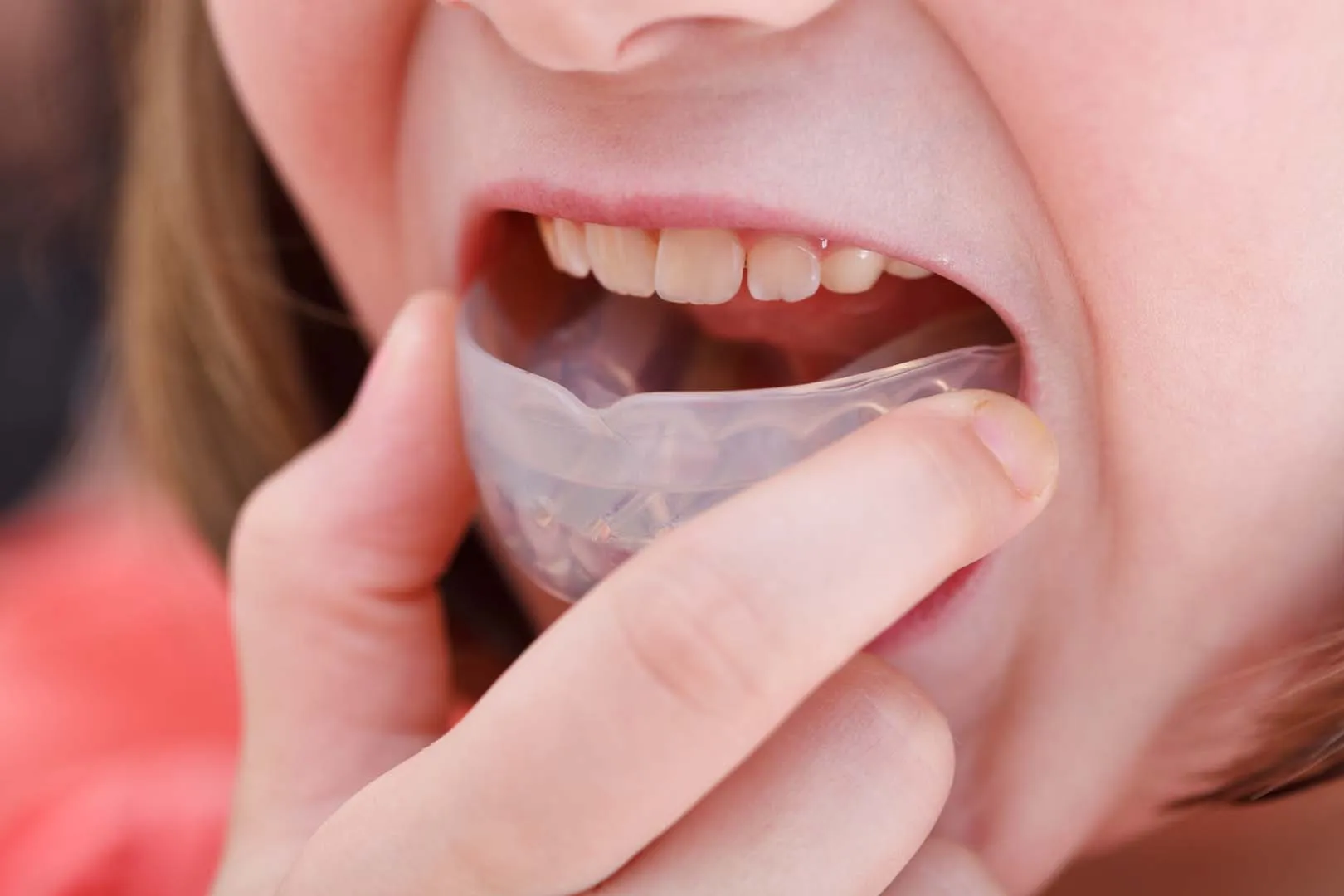
Custom Pediatric Mouthguards in San Antonio, TX
Is your child involved in wrestling, rugby, football, soccer, or another aggressive contact sport? Ask our team about our athletic mouthguard services. A pediatric dentist can design and create a custom mouthguard that will protect your child’s teeth and greatly reduce the amount of dental trauma and treatment they could need, should they be injured. For more information or to schedule a consultation with our team, please reach out to our friendly front office staff!
Contact Us

Why should I invest in a custom mouthguard?
You can buy athletic mouthguards online and in certain stores, but they are not custom made for your child’s smile. In our experience, custom mouthguards are more likely to be worn by kids and adults alike because they feel better and fit comfortably on the teeth. If your child doesn’t wear their mouthguard during games and practices, their teeth are more susceptible to damage, and they are more likely to need an emergency appointment. If your child is very active, we recommend getting them a durable custom mouthguard that they’ll wear often.

How is a custom mouthguard made?
The first step involves taking impressions of the teeth. This can be done using a traditional mold full of silicone putty, or with an intraoral camera, which snaps hundreds of pictures over the course of a couple of minutes and creates digital impressions. The impressions will then be sent to a lab, and a follow-up appointment will need to be scheduled. When the new dental mouthguard arrives, your child will try it on in our office, and we’ll make sure that it fits well and make any necessary adjustments. Overall, it’s a pretty simple process!

How do you clean a sports mouthguard?
It’s important for your child to keep their mouthguard clean and in good condition so that it lasts for as long as possible. When they come home from a game or practice, they should wash their mouthguard with soap and water. Mouthguards can also be soaked in hydrogen peroxide or special mouthguard cleaning solutions to help kill bacteria. Scrubbing it with a toothbrush can also help to get in the grooves of the mouthguard and clean it properly. Then, it should be dried and stored in a clean container and kept in a safe spot until it is needed again.


Contact our office to learn more






